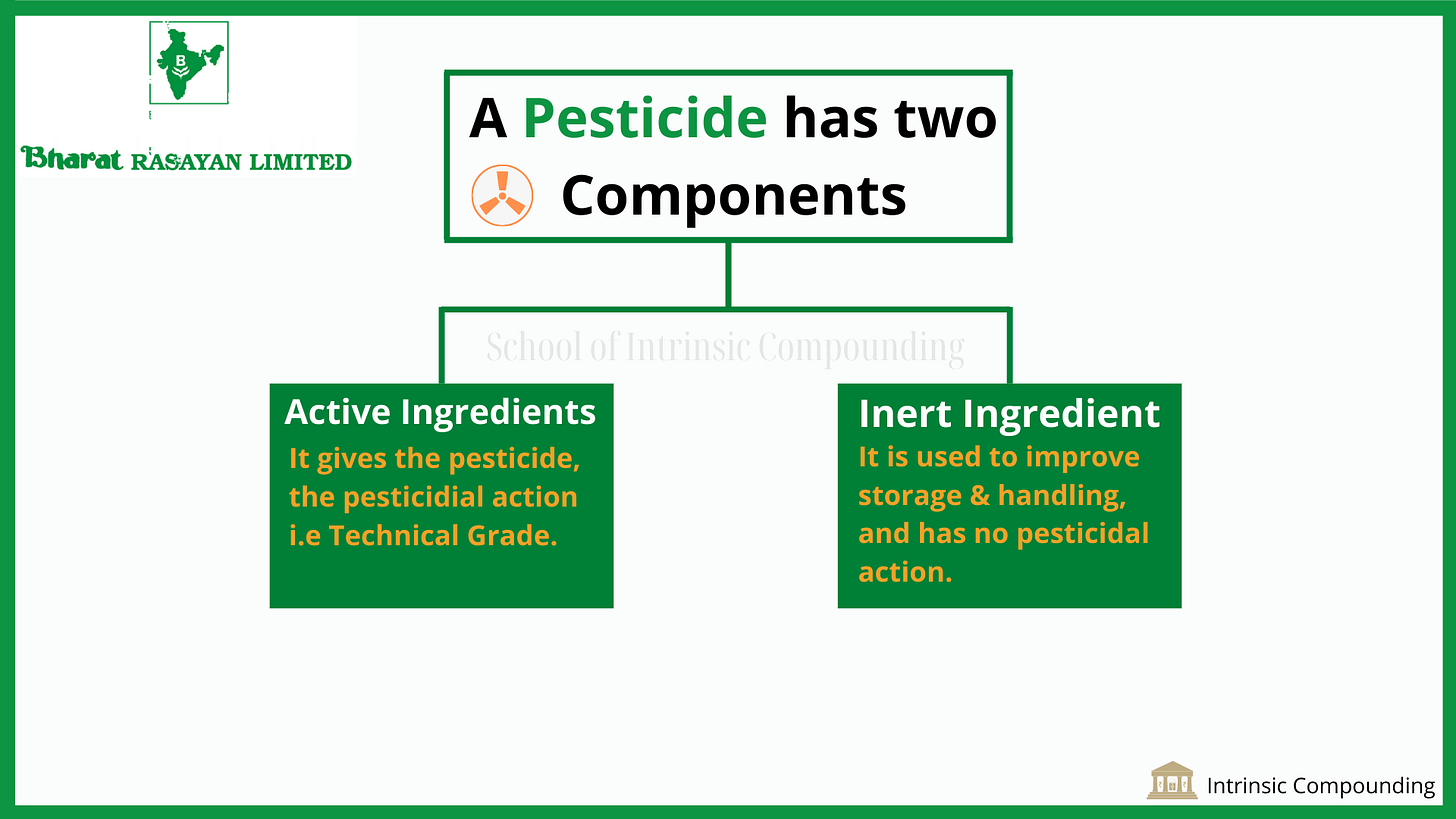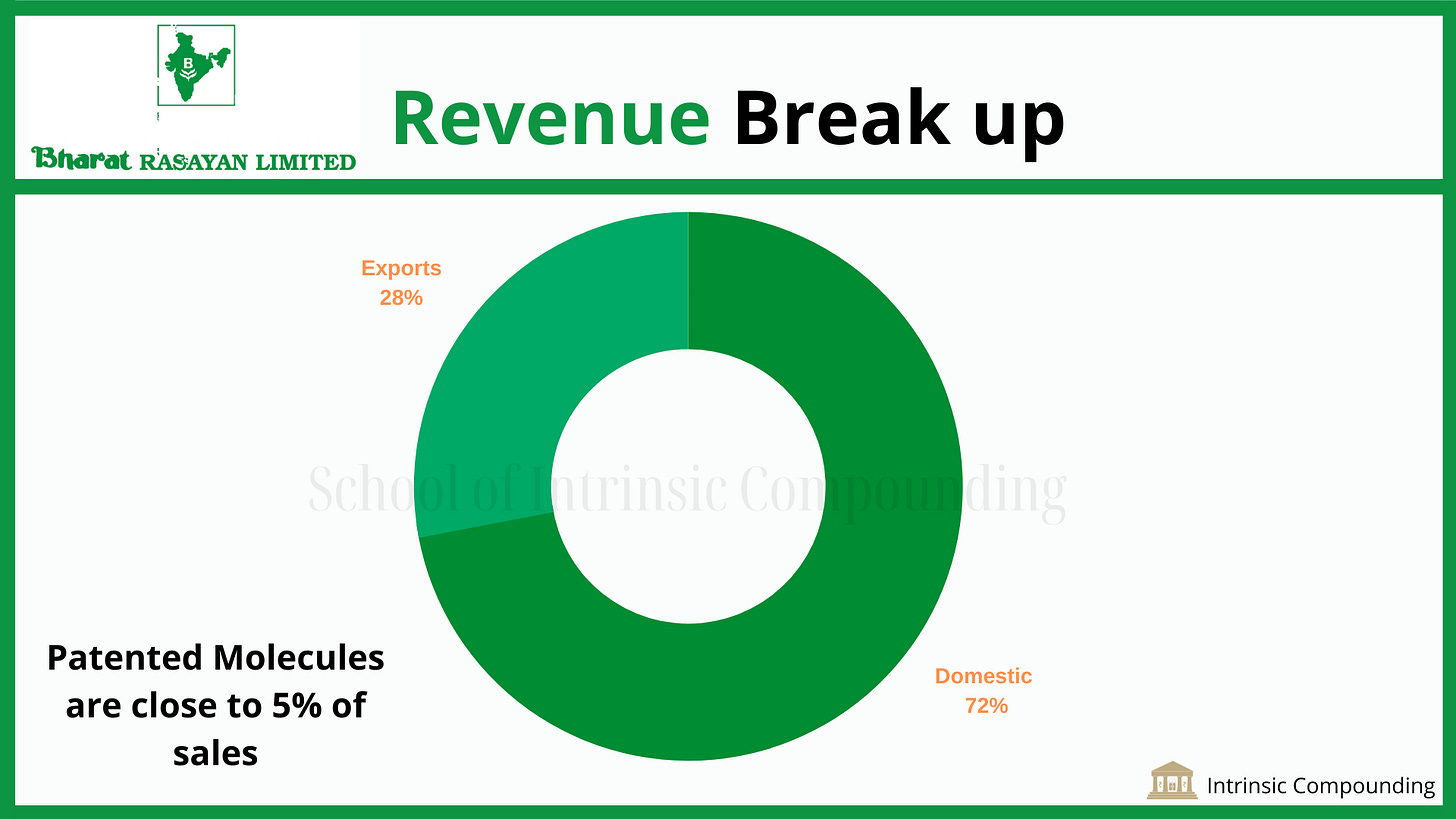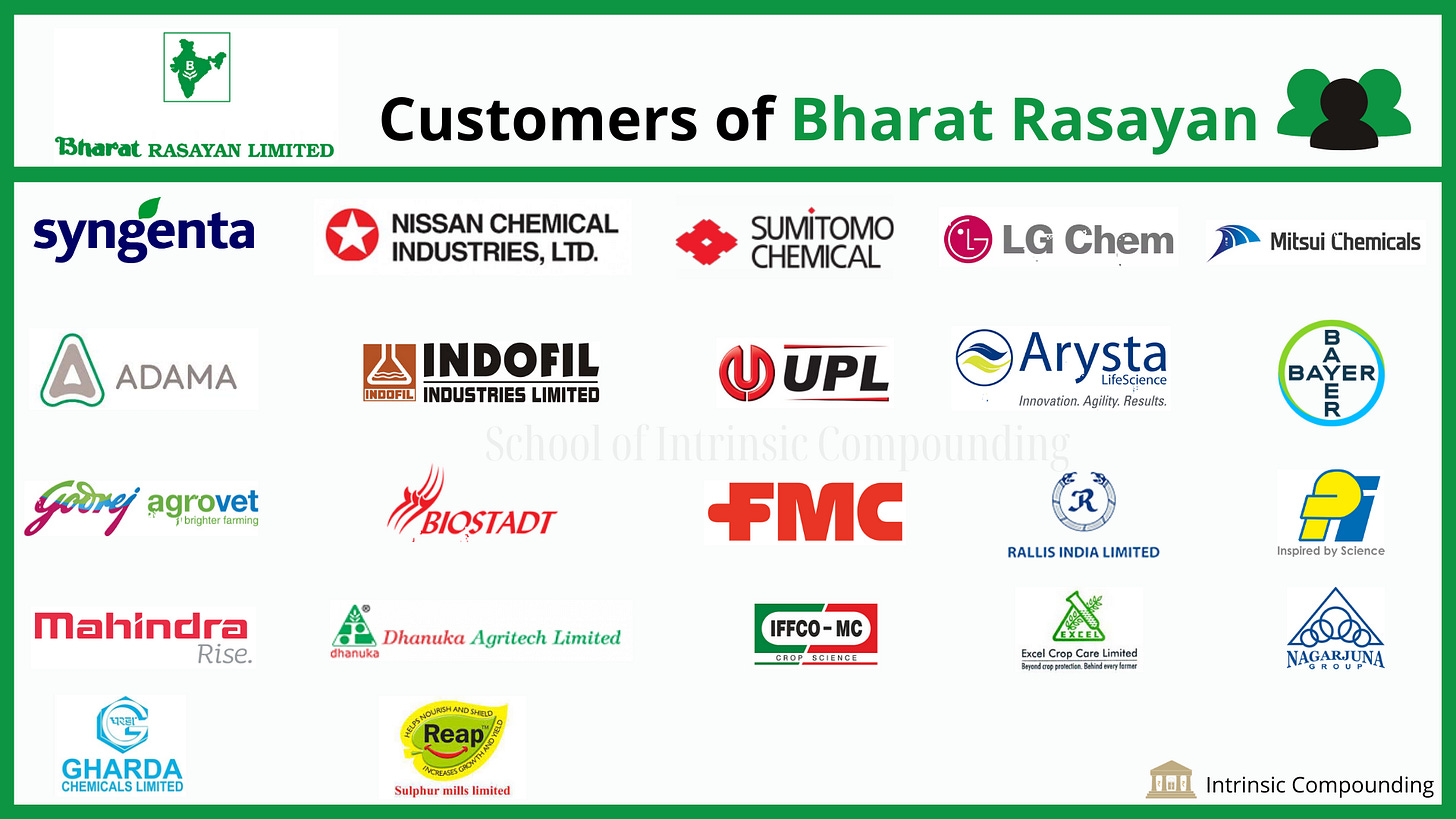BHARAT RASAYAN- A Tale of Two Opinions
BHARAT RASAYAN- A Tale of Two Opinions
Bayes Theorem encourages us to be disciplined about how we weigh new information. If our ideas are worthwhile, we ought to be willing to test them by establishing falsifiable hypotheses and subject them to prediction. The problem arises while making predictions when we become too personally or professionally invested in a problem, failing to change our minds when the facts do.
Before I start the business analysis, I would like to confess to all the investors that investing isn’t as easy as it seems these days. It’s a simple art, where one has to make decisions on the basis of underlying data. However, the problem arises when we hear conflicting opinions and due to the very fact that the world is not a static space, the underlying data keeps changing itself too. This is why Keynes said, “When facts change I change my mind, what do you do sir”?
What investing really is according to my thesis is sum up in the following sentences:
“The world is made up of information, when you interact with it you become informed and then you’re In-formation. You need to keep updating yourself to be ready”
Coming to Bharat Rasayan, recently I was having a conversation with a fellow analyst. One really interesting thing I observed was that once we take either a bullish or a bearish position on a particular stock, in Spite of the facts changing, we remain married to our opinions. In this business analysis, I would lay out the facts that will either make you a skeptic or an optimist about the prospects of Bharat Rasayan. Lets jump straight into it:
A conversation between Holmes & Watson
Sherlock: Watson, today we are in good company, as I have my two very intelligent friends; Mr forensic(Skeptic on BRL) and Mr. Analyst (Optimistic on BRL)
Watson: good company indeed Sherlock, finally you won't be the one who is talking today!
Sherlock: haha, it's a lucky day for you indeed as I would rather observe the conversation between the two than to answer your silly questions :p
Watson: Don't you worry Sherlock, I also have Ishmohit today who will tell us about Bharat Rasayan before we get to observe the conversation between Mr Forensic and Mr Analyst
Question 1: What does Bharat Rasayan do?
Ans1- Bharat Rasayan is a part of the Bharat Group which operates across the value chain of the Pesticide industry.
It is a promoter run company, with the promoters having 75% stake in the company. Company was established in 1985 by S.N Gupta who is helped by other family members including M.P. Gupta & R.P. Gupta (energetic KMP, who has transformed company’s fortunes). Bharat Rasayan operates in B2B space as it manufactures technical Grades & Intermediaries grades which are used to manufacture the formulations. This is where Bharat Rasayan operates:
A brief on Technical Grades AKA The Active Ingredient
Bharat Rasayan has close to 200 registered products and is one of the largest producers of Technical and Intermediates in the country. In India, there are currently close to 125 manufacturers of Technical Grades and 800 of formulations (According to FICCI)
Question 2: Who are the customers? What is the sales breakup?
Ans2- In terms of sales break up.
The company has 19-20 molecules and supplies to almost 200 customers domestically(top 200 formulators are customers of Bharat Rasayan) and nearly 60 customers in the export market. Currently they supply to almost all the top agrochemical players in domestic markets & to MNC’s.
Question 3: What has changed in the company?
Ans3- Bharat Rasayan originally had a single plant in Rohtak in 2012. They also commenced the second plant at Dahej in 2013. This was a game changer as their product basket expanded, capacities jumped from 5000 MTPA in Rohtak to 12,000 MT in Dahej. This was a debt fueled capex as we can see the D/E of the company increased substantially. Company has eventually brought down the D/E to a comfortable level by repaying debt.
Question 4- What is the product portfolio?
Ans4- Bharat Rasayan has a market leadership in manufacturing of products like Cyhalothrin, Thiamethoxam, Meta-phenoxy Benzaldehyde (constitutes 13% of sales reduced from 21% of sales in FY15), Metribuzin (Technical Grade constitue 10% of sales) and Fipronil. It is important to remember that manufacturing of technical grade requires chemistry skills unlike formulation business. Moreover, the company is entering new products like:
Question 5- What are the future plans of the business?
Ans5- Bharat Rasayan since 2012 has been focusing on the MNC business and business from top Agro chemical players. In terms of the product mix, the majority of the revenues come from off the patent molecules (Generics) where it faces stiff competition. Only 5% revenue comes from Patented molecules. To get the Japanese innovator business, which is a really tough business to crack, but once you get it, there is no limit in growth that one can achieve. The Company has announced a project for backward integration at Dahej, as MNCs prefer to deal with companies who have less dependence on China for raw material. Currently Bharat imports 50% of raw material from China.
These are the Future Triggers:-
Capex at Dahej: Company is expanding its capacity at Dahej from 12,000 MTPA to 29200 MT. From the environmental clearance, it can be found. The company is adding new products, expanding current products and doing backward integration to reduce dependence on China. (Capex approval of Rs200 Crores).
Source: http://environmentclearance.nic.in/writereaddata/Online/TOR/05_Mar_2019_104125950V2KH6L0QPFR.pdf
Capex at Sayakhya: Company is putting up a third plant at a new location apart from Rohtak and Dahej. This is being done for new products, existing products and intermediate manufacturing. Some new information has recently emerged with regards to this as this plant has been sold to the joint venture between Nissan and Bharat. Out of which Bharat Rasayan would be investing close to 90-95 crores.
Joint Venture with Nissan: Bharat Rasayan has recently entered into a JV with Nissan Chemical Corporation for manufacturing of other intermediates and other proprietary products with a total investment of Rs450 crores. (Investment Ratio- 70% NCC and 30% BRL)
Entry into Brazil: Brazil is the largest agrochemical market in the world. Bharat Rasayan has got registration for its products in Brazil, it takes 3-5 Years to get the products registered and per product registration cost is somewhere close to 5 crores. Bharat filed for 5 products.
Focus on MNC Business: One of the major reasons for doing backwards integration is to get more MNC business as Japanese and European innovators prefer to do business with companies which have less dependence on Chinese suppliers. As Salil Singhal of Pi industries pointed out, one needs to be patient to get business from innovator companies in Japan and Europe. Usually it takes upto 8-10 years to secure this business, if it happens. The business trajectory would enter a different orbit all together. Like what happened in the case of PI Industries, which experienced a non-linear growth in the last decade in the patented business (95% Csm business from patented molecules).
(Read more on PI Industries- http://soic.in/pi-industries.html)
Now here, I would like to stop and let the readers think how could such a company with really strong growth prospects (Can 2x-3x its sales in next 5 years) trade at a multiple of 20-24 times. The answer lies in the discussion between Mr Forensic and Mr Analyst. After reading the discussion do let us know in the comment section which side you will choose!
A conversation between Mr Analyst and Mr Forensics
Mr Forensics: I get your point that the sales have grown at nearly 25% in the last decade. But, Mr Analyst, what is the reason behind the poor cash conversion ratio?
Mr Analyst: See looking at CFO/EBITDA without looking at the drivers of cash flow can be a wrong thing to do. Working capital changes which mainly consist of Receivables, Inventory and Payable days is where you need to narrow down. Lets see others:
Payable days are less due to company policy of paying its creditors early in order to get discounts.When compared to peers like Astec lifesciences (pure play technicals) and formulators like Rallis India, which have payable days of 120-140 days, this becomes evident.
Mr Forensic: Any more Proof?
Mr Analyst: Just check the cash flow statement of full year FY20, you will find that the company has generated cash flow from operations of 262.58 Crores.
Mr Forensic: Why has the promoter lent money to the company?
Mr Analyst: Promoter has basically replaced outside lenders to the firm and have subsequently brought down the debt level of the company. Seems reasonable enough as they earned 9% interest on their money. These loans acted as Quasi Equity. Anyways promoters hold 75% stake, they will be the biggest losers in event if things go bad with outside loans overdue.
Mr Forensic: Why are related parties 21-23% of the sales? Why are there other group companies?
Mr Analyst: Other group companies are operating in segments like formulations and packaging. Moreover, if the company wasn’t focused on the listed entity, why would they announce a capex of 300 crores+ for the listed company? Coming to the question of RTP’s the debtor days seem reasonable and they are operating in different parts of the value chain. Still it can be a risk, if these are not done on arm's length basis.
Mr Forensic: Got it, still open to interpretation. Why do you think that the receivable days are so high as compared to peers?
Mr Analyst: You’re comparing it with wrong peers. You need to compare Bharat which is mainly into technical grades manufacturing with peers like Astec Lifesciences which is also purely into manufacturing of technical grades.
Debtor days
Mr Analyst: let’s look at the drivers of Return on Equity for the business, over the years the financial leverage as the main driver of ROE has been replaced by Expanding net profit margins and improving asset turns which dipped after the completion of capex at Dahej in FY 12. The Return on Capital Employed has also improved over the years from sub 20% to 25%+. This is indeed a healthy trend.
Watch Video- Understanding ROIC:
Basically my thesis is the following:
Improvement in margins on account of backwards integration
Capex to lead to further growth
Bharat Rasayan benefitting from MNCs wanting to de risk their supply chain from China.
Longshot: Bharat moving up the value chain and becoming a mid sized PI industries if the patented business mix improves.
Mr Forensic: What about the risk?
Mr Analyst: Following are the risks to my thesis
Conclusion
With this, I would like to conclude. From what I’ve learned over the years, is that the best investors are not the one’s who can do a lot of research. Rather the best investors are the one’s who can keep updating their views as more information starts emerging about the underlying Business. Nissan Jv and the appearance of operating cash flow this time might be the changing facts. To know more about the business, an investor must attend its AGM:
We don’t own stocks, we just borrow them till the management keeps executing".
Sectoral analysis and newsletter are a part of the SOIC Intensive Course. To know more : www.soic.in/course
Disclosure: Nothing on this website should be construed as investment advice. Please consult your financial advisor. We are not SEBI registered Analysts/Advisors. We are not accountable for any loss or gains that might occur to you from this or any analysis on the website. The author does hold a tracking position in the company, his views can be biased.









